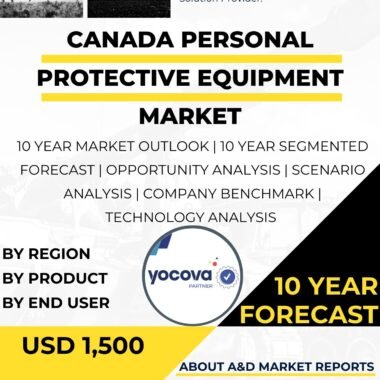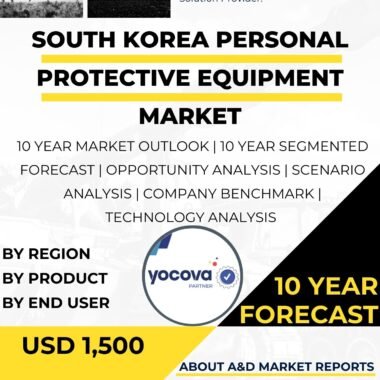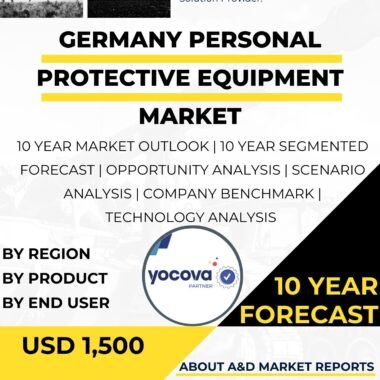Description
Australia Personal Protective Equipment (PPE) Market Overview
The Personal Protective Equipment (PPE) market in Australia is vital for ensuring workplace safety and public health. PPE includes gear and equipment designed to protect individuals from hazards in work environments or during emergencies. The market continues to grow as Australia prioritizes occupational safety, health regulations, and emergency preparedness.
Importance of the PPE Market in Australia
Australia places strong emphasis on workplace safety and the protection of workers from hazards. The country’s strict occupational health and safety laws require the use of appropriate PPE across industries such as construction, mining, manufacturing, healthcare, and emergency services. High-quality PPE reduces workplace injuries and exposure to dangerous materials, promoting a safer workforce.
Role of PPE in Emergencies and Public Health
The Australia Personal Protective Equipment market also supports the nation during emergencies such as bushfires, floods, and pandemics. PPE protects healthcare professionals, emergency responders, and frontline workers who face hazardous conditions. Reliable PPE ensures their safety and allows them to protect the community effectively.
Types of Personal Protective Equipment
The market includes a wide range of safety products such as helmets, gloves, safety glasses, earplugs, respiratory protection, high-visibility clothing, hazmat suits, and medical face masks. Each category addresses specific workplace risks and environmental hazards.
Current Trends in the Australian PPE Market
Recent trends highlight innovation, comfort, and sustainability. Lightweight and ergonomic PPE improves usability and compliance. There is growing interest in reusable and eco-friendly PPE to reduce waste and environmental impact. Smart PPE that includes sensors and data monitoring is also gaining attention for its ability to provide real-time safety insights.
Major Companies in the PPE Market
Domestic Players
Companies such as Ansell Limited and 3M Australia are leading suppliers of gloves, masks, and protective gear across sectors.
International Players
Global leaders like Honeywell International Inc., DuPont, and Kimberly-Clark Corporation also operate in the Australian market, offering innovative PPE solutions that meet international safety standards.
Regulations and Safety Standards
The Australia Personal Protective Equipment market is governed by strict safety regulations. The Australian Standards (AS/NZS) outline the requirements for PPE design and performance. Employers must provide suitable PPE and ensure proper use in hazardous workplaces. These regulations maintain product quality and user safety.
Technological Advancements in PPE
Technology is transforming the Australia PPE market. Research focuses on enhancing durability, flexibility, and comfort through advanced materials. Nanotechnology is being used to create PPE that offers better resistance to chemicals and pathogens. The integration of smart technology and IoT allows PPE to track temperature, air quality, and worker health in real time.
Future Outlook
The Personal Protective Equipment market in Australia is expected to see continued growth. Demand will rise for specialized PPE that protects against infectious diseases and emerging workplace risks. Sustainability will also shape the market, with a focus on recyclable and eco-friendly materials.
The lessons learned from the COVID-19 pandemic have strengthened Australia’s PPE preparedness. Manufacturers are now focusing on building resilient supply chains and adaptable designs for future challenges.
Conclusion
The Australia Personal Protective Equipment (PPE) market plays a crucial role in protecting workers and ensuring safety across industries. With advancements in technology, sustainability, and design, PPE is becoming more effective and comfortable. Strong domestic and international participation, combined with strict regulations, ensures high-quality standards. As Australia continues to prioritize safety and innovation, the PPE market will remain a cornerstone of workplace protection and public health resilience.




